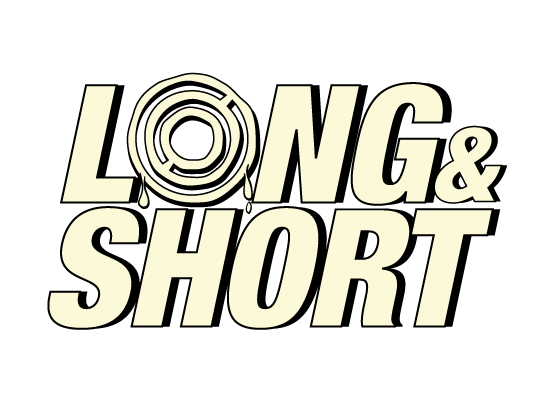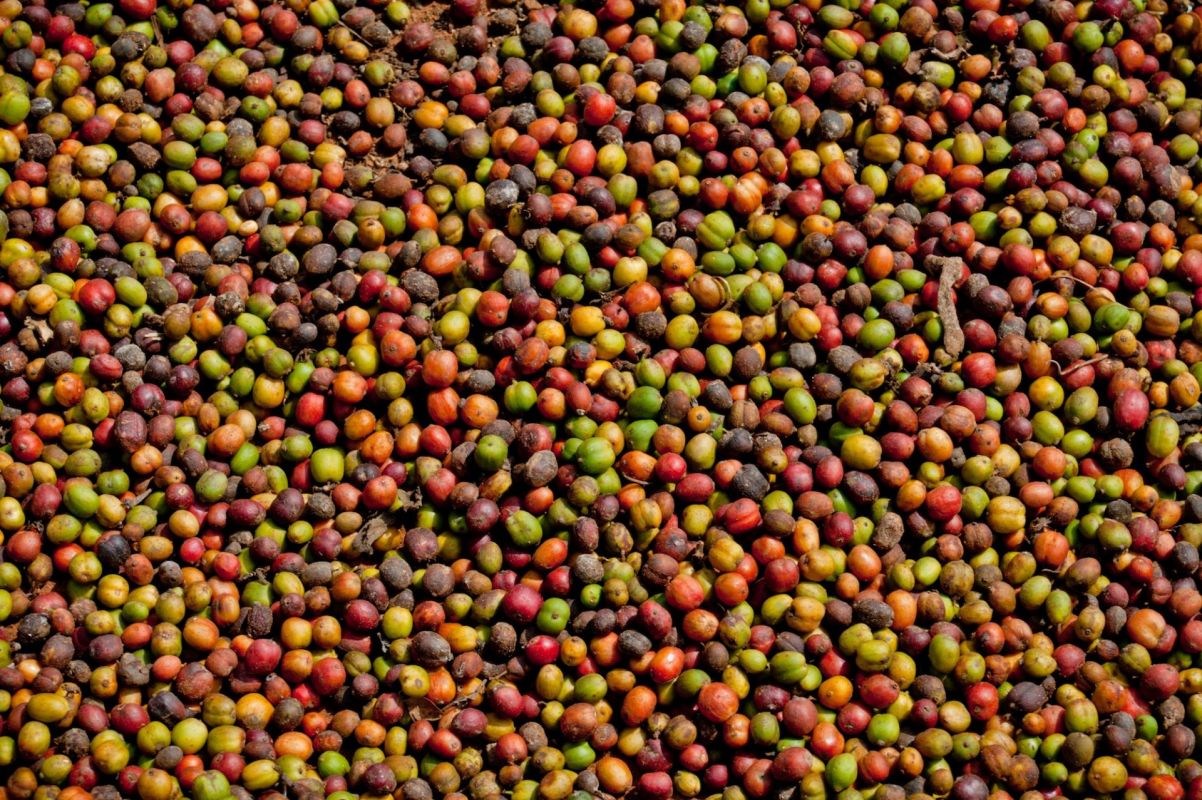Ok, so we’re a speciality coffee roastery and we obviously write here simply to shamelessly self-promote our amazing, wonderful produce (that’s right, everything else is just awful! No, really) however, whatever you think of our motives, this is quite simply a matter of public service, and a sign of our love and kindness to help point out key indicators that the coffee you’re currently buying just might not be up to much.
1. Pre-ground coffee
That’s right, even your beloved Illy. We’ve been banging on about this all across the website, but I will say it again here for good measure: pre-ground coffee is going to be stale before you even bought it.
To be honest, the accelerated staling process begins as soon as the coffee leaves the roaster in whole bean form — grinding the beans simply accelerates this ageing process; some argue that the coffee is already stale within 15 minutes, others say within an hour or two. The point is that it’s staling very quickly after being roasted, more so after being ground, and may as well be presented in a casket (or as they call them these days, “pods”) when bought in the shop, days, weeks or even months later.
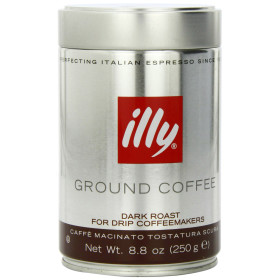
2. Pods
Moving neatly on to the subject of pods; this is quite simply the same thing as above, except much worse for the environment! Almost all pods are not biodegradable and even though they can be recycled, the plants that recycle these things cannot keep up with demand and they are essentially becoming an extended form of landfill. On top of that, the coffee sucks. Especially Nespresso.
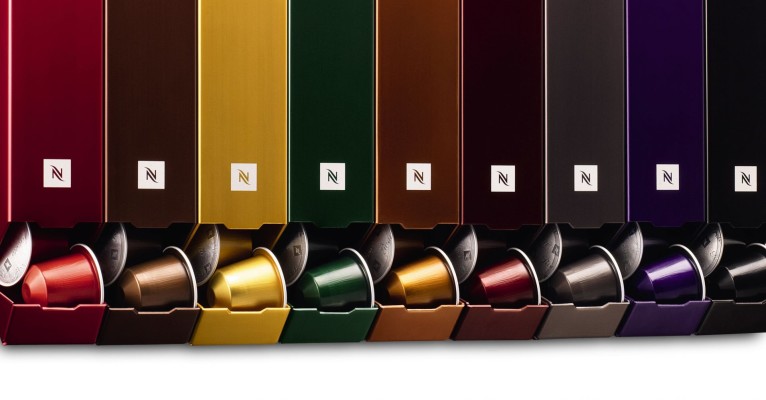
3. Best-before and sell-by dates
When you buy other fresh produce, do you try and consume it shortly after buying (or freezing), or do you leave it until the very date printed on the packet? You may well do the latter, but let’s be honest; even though it probably won’t kill you, it’ll be far from the most enjoyable way for you to enjoy what’s inside.
Coffee is really no different. A best-before date will be weeks, months and maybe even years into the future. It’s simply a date to know that consumption of said product by such a date, will probably not kill you.
I’d suggest it’s not one to take notice of and you really need to look out for a ‘Roasted on’ date instead. By focusing on when the coffee was roasted, you’ll know just how fresh the batch is and where it is in its lifecycle. Coffee is usually best consumed anywhere between straight off the roast, to a few days or one to two weeks after roast. Coffee older than two or three weeks, even in whole bean form, is usually stale, or at least past its very best.
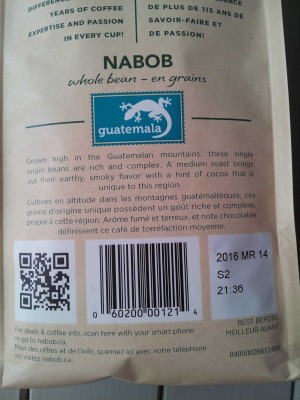
4. Robusta
Robusta can be ok to drink, sometimes. Almost always though, it’s a cheaper alternative to Arabica which is used to bulk up blends and reduce costs. And it’s used in instant coffee. Adding Robusta is the coffee equivalent to pumping water into food. Except it tastes like the floor.
Robusta is a hardy, but cheap coffee and offers a basic clove-like flavour; Wikipedia notes ‘low acidity with high bitterness’. I would go as far as to say, that Robusta may be single-handedly responsible for the widely-held belief that ‘coffee is bitter’. Even Arabica has a wide range in quality, and many low-quality Arabicas are below SCA speciality grade (<80); so, where you’ve seen “100% Arabica” being touted — this is really the bare minimum. Don’t sell yourself short: avoid Robusta, unless really bitter coffee (and paint stripper) is your thing.
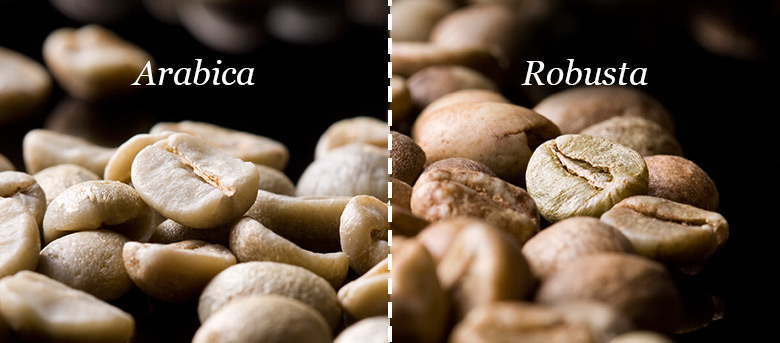
And so to conclude…
If you’re already a speciality coffee buyer then I have no idea why you’re still reading this. Maybe you just love us. Or maybe you’re just furiously nodding your head in agreement.
If you do currently own any coffee that adheres to the subheadings above perhaps it’s time to rethink your next bag, since you’re in for a real treat if you make the switch to the fresh, speciality grade stuff. Did I mention that we sell that stuff?


